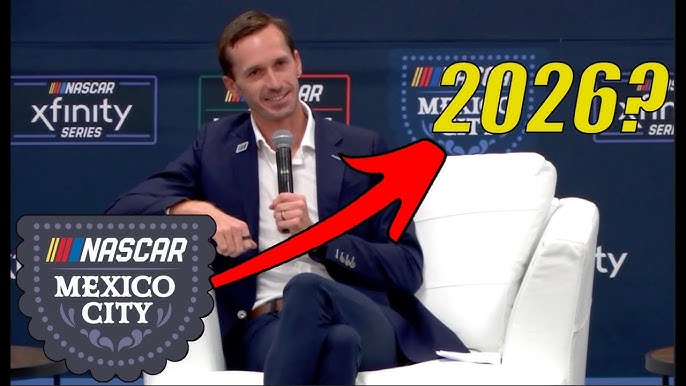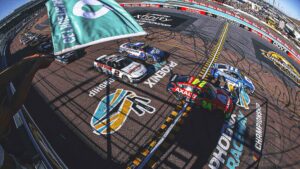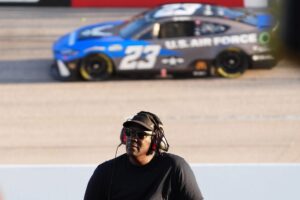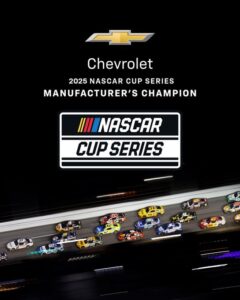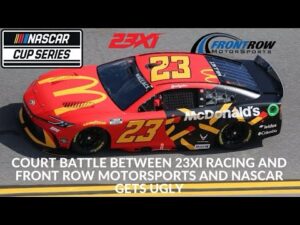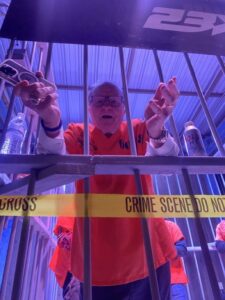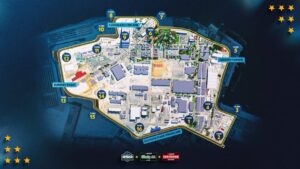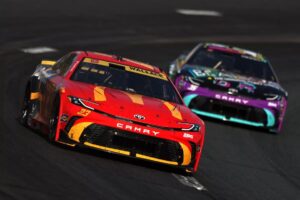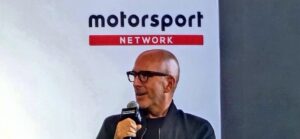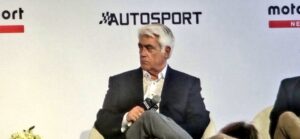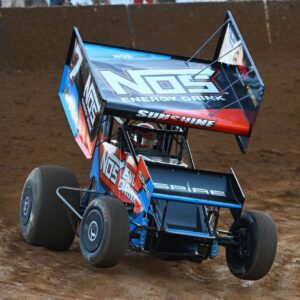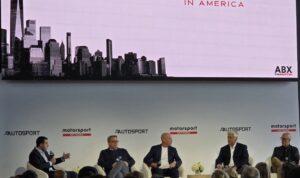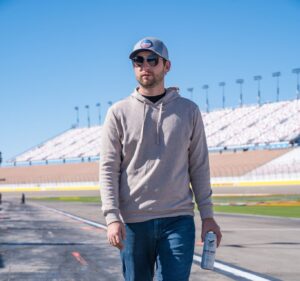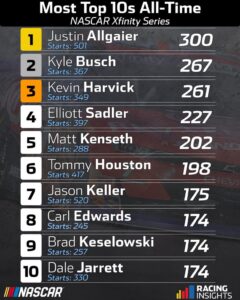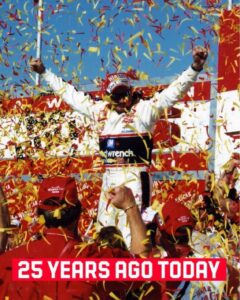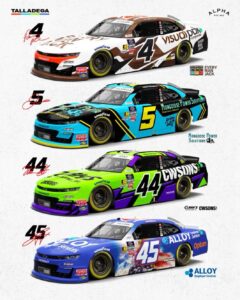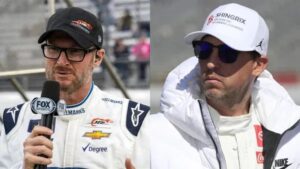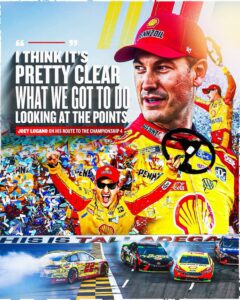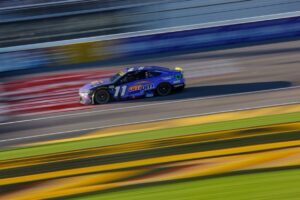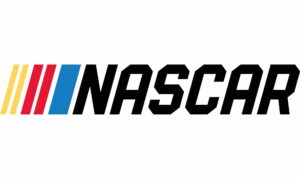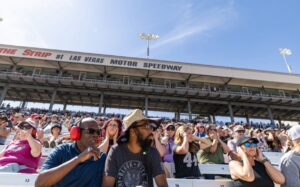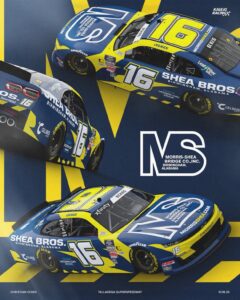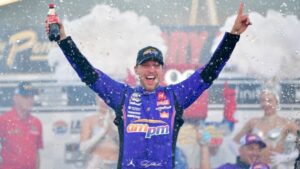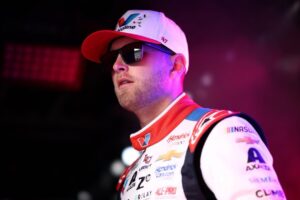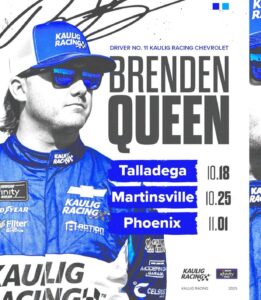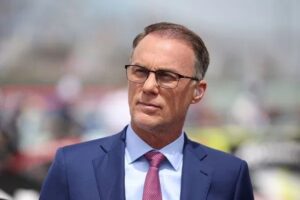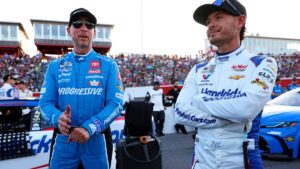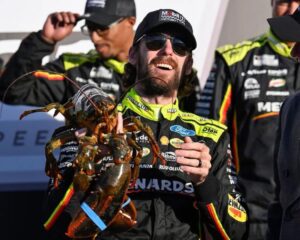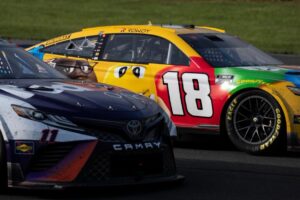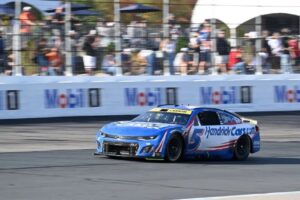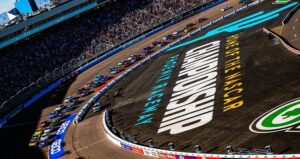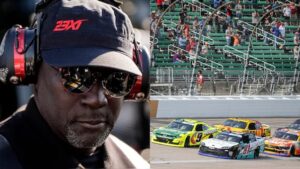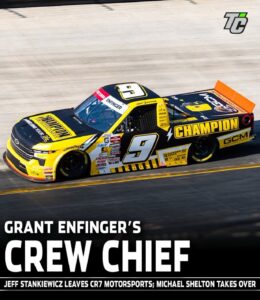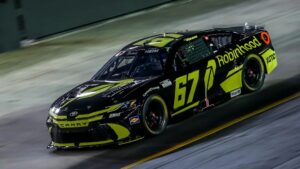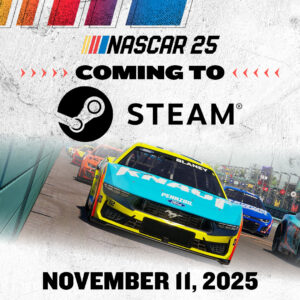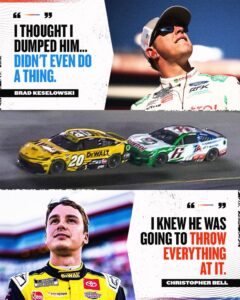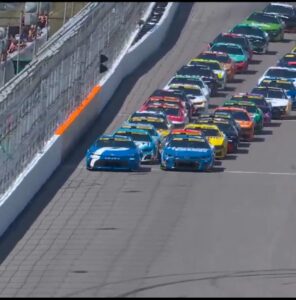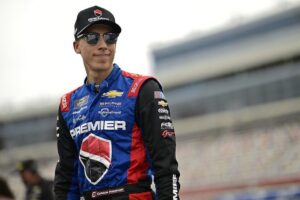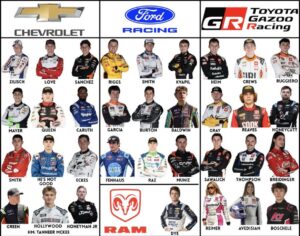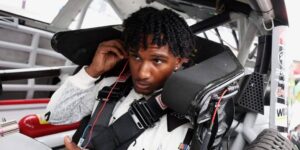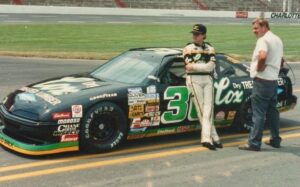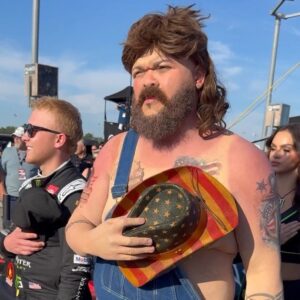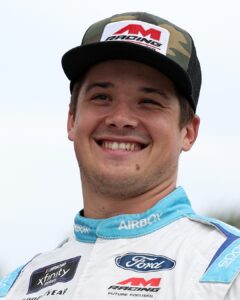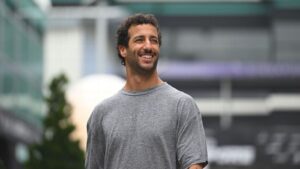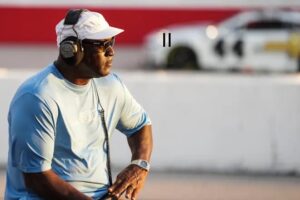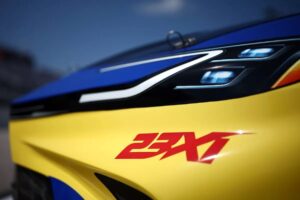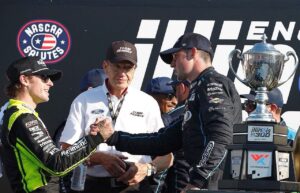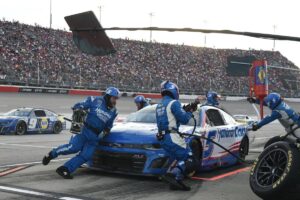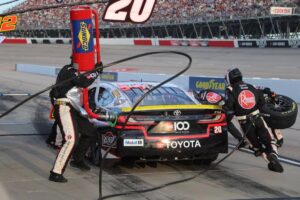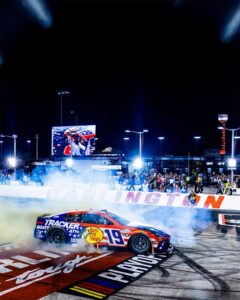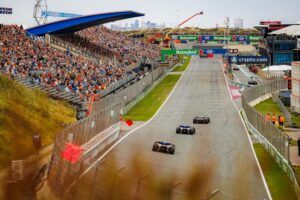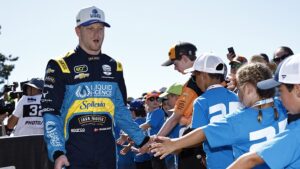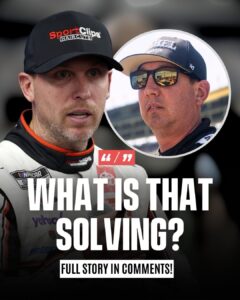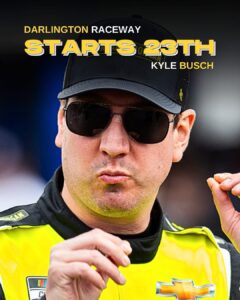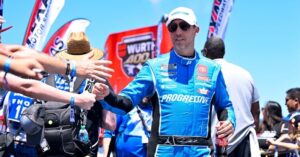By integrating its first Cup Series race outside the continental U.S. since 1958, NASCAR—led by Executive Vice President Ben Kennedy—signaled a calculated intent to expand its global footprint.
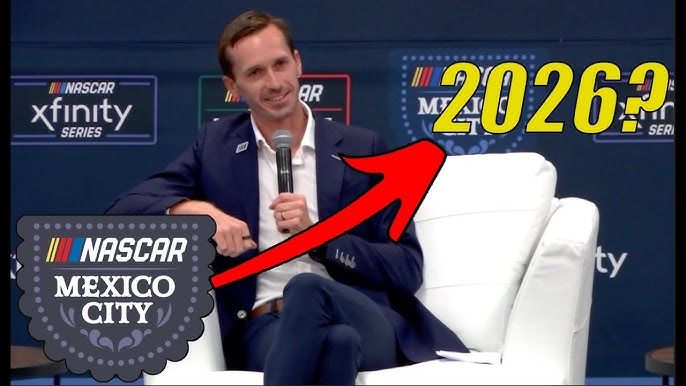
Kennedy, a direct descendant of NASCAR founder Bill France Sr., has prioritized diversifying venues to tap into new fanbases and reaffirm the sport’s relevance.
The choice of Mexico City’s iconic Autódromo Hermanos Rodríguez wasn’t just a novelty; it was a strategic move to engage one of the most passionate motorsport markets on the planet. With approximately 90% of attendees hailing from Mexico—44% from the city itself—and many reporting as new NASCAR fans, the crown jockey’s vision is evidently resonating .
Kennedy described the race weekend as “historic” and praised the atmosphere: “One of the coolest parts…was seeing the reaction of the fans… the energy and the passion…is unmatched” . By bringing the Cup and Xfinity series together, NASCAR not only honored tradition—recalling the Chilango 150’s origin as a NASCAR international fixture—but also amplified its cultural outreach and marketing potential .
—
The Financial Scorecard & Return Potential
NASCAR is carefully analyzing the financial performance of the Mexico City event. While Kennedy refrained from committing to Mexico City for 2026, he didn’t shut the door: the organization is “very hopeful to be back in the future” . Drawing from similar initiatives—such as the Clash at the Coliseum and the Chicago street race—that secured multi-year runs following strong debuts, Kennedy believes the outcomes of this weekend will help define NASCAR’s international playbook .
Financial returns—atrophied by attendance, sponsorship ROI, and broadcast analytics—will be under tight scrutiny. With heavy travel costs (stock haulers covering a 40‑hour journey between Michigan and Mexico) and logistical wrinkles already evident, return mathematics need to be judicious . That’s why Kennedy emphasized the importance of slotting the event during an “off week” in 2026 to avoid punishing travel sequences .
—
Scheduling Headwinds & Calendar Constraints
When asked whether Mexico City would return next year, Kennedy highlighted a domino effect involving FIFA World Cup scheduling (with Mexico being a host nation in 2026), the packed 38-week schedule, and the need for thoughtfully placed off-weeks . Even the physical toll on equipment and personnel—like haulers racing from Michigan to Mexico, then back to Charlotte, and on to Pocono within days—is forcing NASCAR to rethink its optimization strategies .
Veteran voices in the NASCAR community echo these concerns. Hendrick Motorsports vice-chair Jeff Gordon underscored the exhilaration—“we want to go everywhere in the world… Canada next”—while admitting the current format strains teams physically and logistically . Among the concerns: cramped scheduling, travel overload, and the challenge of building a sustainable international rotation.
—
Final Takeaway
Mexico City represented a win: packed grandstands, fresh fans, high driver morale, and significant PR momentum. But success on the track doesn’t guarantee an automatic return. NASCAR must balance:
Commercial viability: Ticket sales, sponsor engagement, TV metrics.
Logistics: Travel calendars, off-weeks, team fatigue.
Calendar conflicts: The 2026 FIFA World Cup in Mexico complicates scheduling further.
Kennedy and NASCAR stand at a crossroads. If off‑track returns justify the on-track thrills—and if scheduling gymnastics can accommodate it—Mexico City could become a recurring international highlight. Otherwise, it may be the one-and-done jewel in NASCAR’s summer crown.
—
Looking Ahead
Kennedy remains undeterred in his global ambition. From Europe to South America, to Canada, NASCAR is eyeing a future where diverse venues foster new fan demographics. Mexico City offered proof that the approach works—but sustainably weaving it into the Cup schedule will be NASCAR’s next test.
